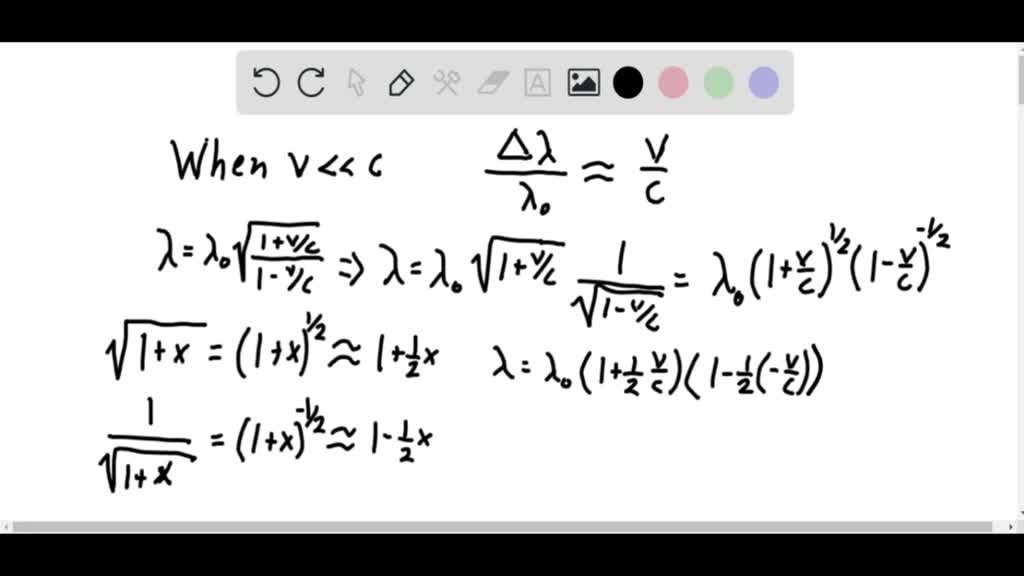

The value of a redshift is often denoted by the letter z, corresponding to the fractional change in wavelength (positive for redshifts, negative for blueshifts), and by the wavelength ratio 1 + z (which is greater than 1 for redshifts and less than 1 for blueshifts).Įxamples of strong redshifting are a gamma ray perceived as an X-ray, or initially visible light perceived as radio waves. Gravitational waves, which also travel at the speed of light, are subject to the same redshift phenomena. Relativistic, gravitational, and cosmological redshifts can be understood under the umbrella of frame transformation laws. All sufficiently distant light sources show redshift for a velocity proportionate to their distance from Earth, a fact known as Hubble's law. The three main causes of electromagnetic redshift in astronomy and cosmology are, first, radiation traveling between objects that are moving apart (" relativistic" redshift, an example of the relativistic Doppler effect) second, the gravitational redshift due to radiation traveling towards an object in a weaker gravitational potential and third, the cosmological redshift due to radiation traveling through expanding space. The terms derive from the colours red and blue which form the extremes of the visible light spectrum. The opposite change, a decrease in wavelength and simultaneous increase in frequency and energy, is known as a negative redshift, or blueshift. In physics, a redshift is an increase in the wavelength, and corresponding decrease in the frequency and photon energy, of electromagnetic radiation (such as light).


 0 kommentar(er)
0 kommentar(er)
